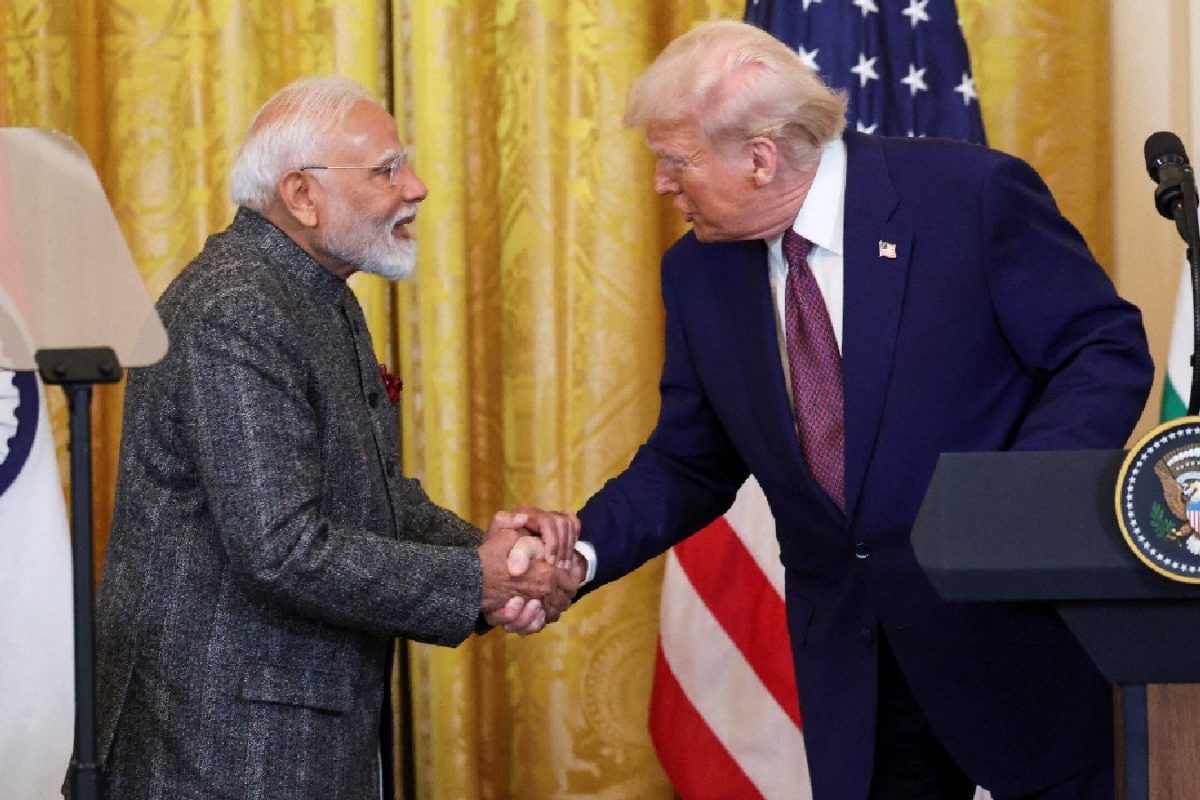

India is hopeful that it can reach a tariff deal with the United States within the next two days, but dairy products remain a key sticking point in negotiations, according to top government sources. Both countries are trying to reach an agreement before July 9, which is the deadline for the U.S. to impose higher tariffs on Indian goods.
The U.S. had earlier imposed an additional 26% tariff on Indian imports but temporarily suspended it until July 9. India has been pushing for a complete exemption from this additional duty. If a trade deal is not reached, these tariffs could come back into force. However, even with a deal, the baseline 10% tariff might remain in place.
Dairy is proving to be a major obstacle in the trade negotiations. India, which has a large dairy sector employing over 80 million people, many of whom are smallholder farmers, is hesitant to make concessions that could harm its rural economy. The US is seeking duty concessions on dairy products, but India has so far refused to budge. India currently imposes tariffs of 60% on skimmed milk powder and 40% on whey. The U.S. dairy lobby is pushing for a sharp reduction in these tariffs or quota-led access. However, concerns exist that increased imports from the U.S., which has a much higher milk yield per cow than India, could displace millions of Indian dairy farmers.
Besides dairy, other agricultural products like corn, ethanol, and soybeans are also points of contention. The U.S. is pushing for greater market access for these products, but India has maintained that agriculture is a "red line" in the negotiations. India imposes both tariff and non-tariff restrictions on these products.
Despite these sticking points, both countries are still engaged in negotiations. Commerce and Industry Minister Piyush Goyal met with US Commerce Secretary Howard Lutnick in May to advance trade talks. Negotiators from both countries have been in Washington to find common ground, and the U.S. has shown signs of easing some of its punitive tariffs.
If an agreement is reached, it is likely to be an interim deal focusing on "low-hanging fruits". This could involve both countries dropping sensitive items like dairy products and genetically modified crops for India, and electronics for the U.S. Other items could be taken up in future rounds of negotiations. The goal is to reach a broader bilateral trade agreement (BTA) that could potentially double bilateral trade to $500 billion by 2030.
The potential benefits for India from a trade deal with the U.S. include avoiding the additional 26% tariff and gaining in sectors like textiles, jewelry, footwear, pharmaceuticals, and digital and electronics goods. The U.S. is hoping that a deal will help American companies compete in the Indian market.